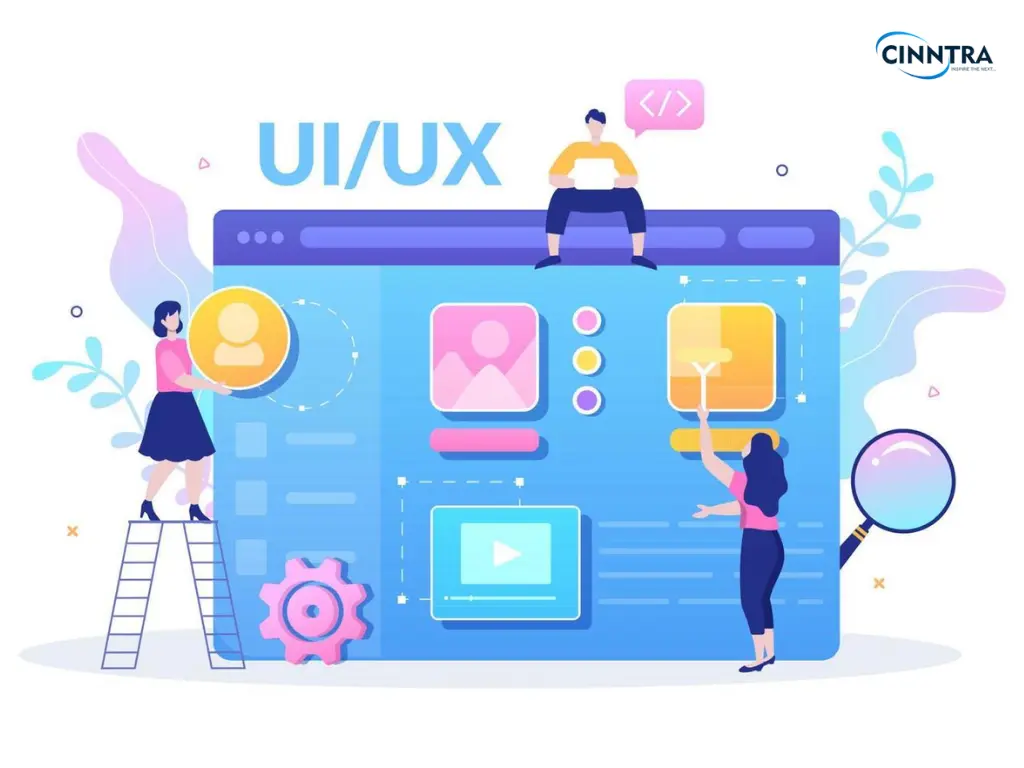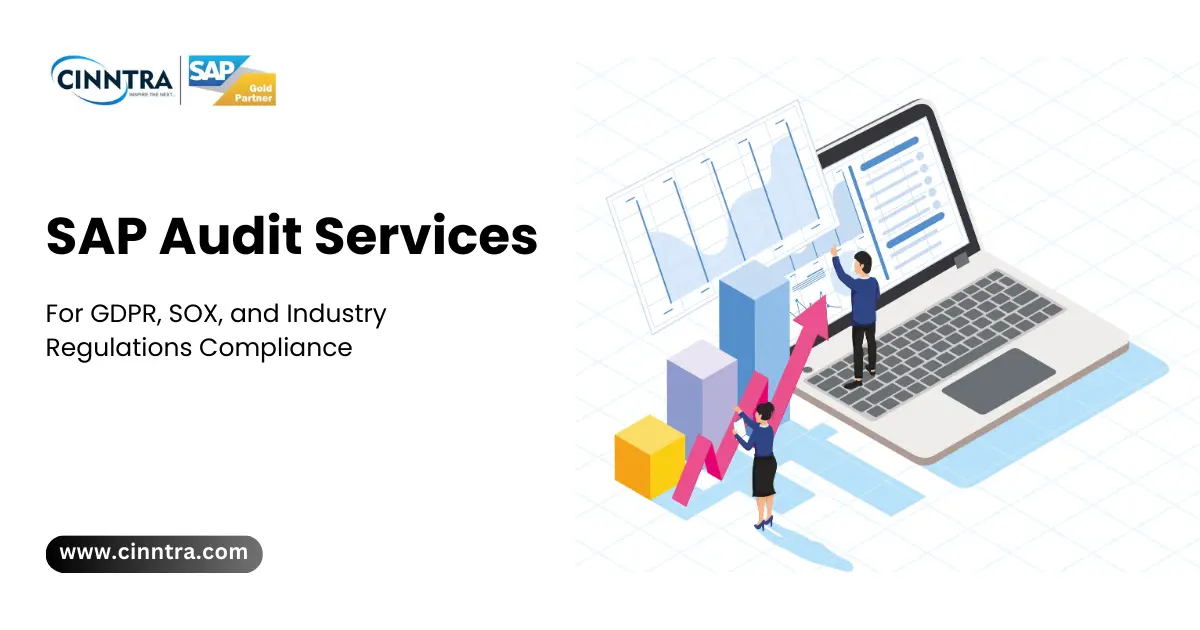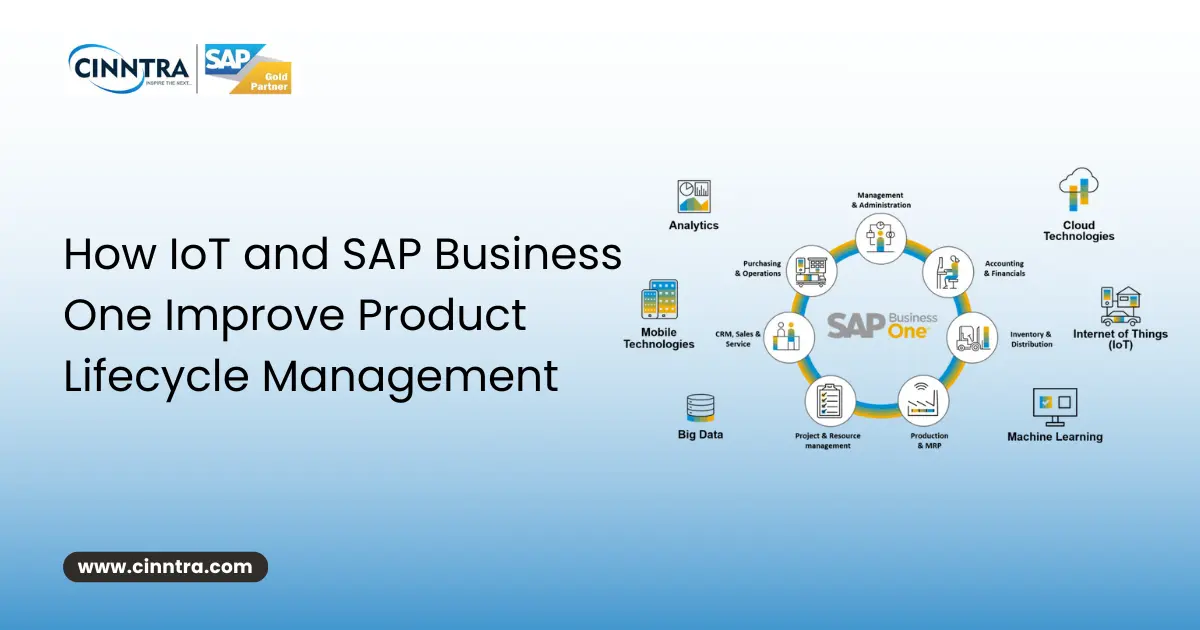Exploring Design Methodologies in UX/UI: Choosing the Right Approach for Your Project

Design methodologies play a crucial role in the success of UX/UI projects.
Besides guiding designers through the process of creating intuitive and user-centered experiences, it also assists in successful project completion.
Wondering how?
Let’s dive in!
Top 8 Design Methodologies That Might Do Wonders for Your Next Project!
While there are various design methodologies used in the field of UX/UI design, each with its own principles and approaches, there are still many yet to be explored.
Together, let’s delve into various design methodologies commonly used in UX/UI design and find out the best method useful for your next project.
1. Unlocking the Power of Design Thinking
Design Thinking is a human-centered approach that focuses on understanding the needs of users to create innovative solutions. It involves empathizing with users, defining the problem, ideating potential solutions, prototyping, and testing.
Design Thinking encourages iterative problem-solving and collaboration across disciplines.
2. Delivering Unmatched Improvements with Agile Design
Agile Design is an iterative and flexible approach that integrates design processes within agile software development methodologies. It emphasizes frequent collaboration, adaptability, and rapid prototyping.
Agile Design involves working in short sprints, continuously refining designs based on feedback, and delivering incremental improvements.
3. Minimize Waste with Lean UX
Lean UX is a methodology that aims to minimize waste by focusing on delivering value to users quickly and efficiently. It emphasizes the early validation of assumptions through rapid experimentation and iteration.
Lean UX encourages cross-functional collaboration, continuous learning, and using feedback to drive design decisions.
4. Enjoy User-Friendly Designs With User-Centered Design (UCD):
User-Centered Design is a design methodology that places the needs and preferences of users at the forefront. It involves gathering user insights through research, creating user personas, designing based on user feedback, and conducting usability testing.
UCD ensures that designs are intuitive, user-friendly, and meet the specific needs of the target audience.
5. Experience Innovation with Modular Atomic Design
Atomic Design is a methodology that focuses on creating scalable and modular design systems. It involves breaking down interfaces into smaller components (atoms) and combining them to create larger components (molecules, organisms, templates, and pages).
Atomic Design promotes consistency, reusability, and efficiency in design workflows.
6. Meet the Needs of End Users with Participatory Design
Participatory Design involves actively involving users and stakeholders in the design process. It aims to incorporate diverse perspectives, promote co-creation, and ensure designs align with the needs and desires of the end users.
Participatory Design methods include workshops, collaborative brainstorming, and user feedback sessions.
7. Experience Design
Experience Design (XD) is a holistic approach that considers the entire user journey and the emotions and perceptions associated with it. It involves mapping out user experiences, understanding touchpoints, and designing interactions that create positive and memorable experiences.
Experience Design encompasses various disciplines, including UX, UI, interaction design, and service design.
8. Unveiling the Perks of Waterfall Methodology
The waterfall methodology is a traditional project management approach that follows a sequential and linear process for software development. It is characterized by distinct phases that are executed in a strict order, with each phase dependent on the completion of the previous one
The waterfall methodology is characterized by its linear and sequential nature, with each phase building upon the completion of the previous one. It assumes that requirements can be fully defined upfront and that changes to requirements are minimal.
This methodology works well for projects with well-defined requirements and stable project scope. However, it can be less flexible and adaptive to changes compared to more iterative and agile methodologies.
Let’s Align The Ideal Design Methodology for Your Next Project!
The complex problem-solving and decision-making processes might take a heavy toll on your UX/UI designs.
That’s when designers can adapt and combine the above-mentioned methodologies and level up their effective and user-centered design game.
Remember, the right approach for your project depends on factors such as project complexity, team dynamics, time constraints, and the target audience.
Consider combining elements from different methodologies or tailoring a methodology to suit your specific needs. Be open to adapting and iterating throughout the design process to achieve the best possible outcomes.
By understanding the principles and benefits of various design methodologies, you can make informed decisions and approach your projects with confidence.
Boom! Finally, you can ensure that the chosen methodology aligns with your project goals and sets the stage for success.






1 Comments
Nipun
Nice read